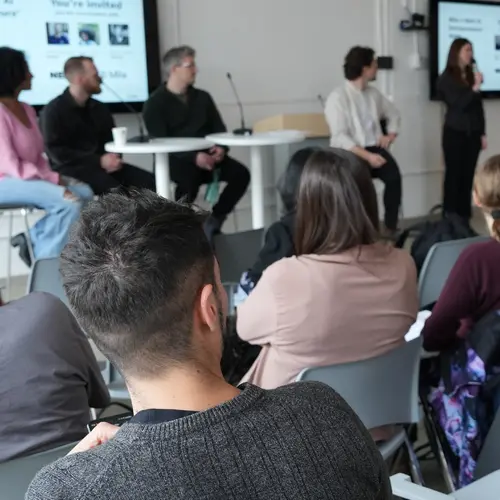
Eva Portelance
Biography
I'm an Assistant Professor of Machine Learning in the Department of Decision Sciences at HEC Montréal. I'm also an Associate Academic member at Mila - Quebec Artificial Intelligence Institute.
My research intersects AI and Cognitive Science. I'm interested in studying how both humans and machines learn to understand language and reason about complex problems.
Before joining HEC Montréal, I was a postdoctoral fellow at Mila and McGill University’s NLP Group working with Timothy O’Donnell and Siva Reddy.
I completed my PhD in computational/cognitive linguistics at Stanford University, co-advised by professors Dan Jurafsky and Mike C. Frank, as part of the Stanford NLP group and the Stanford Language and Cognition Lab. I'm an interdisciplinarian at heart with a knack for hard problems.




